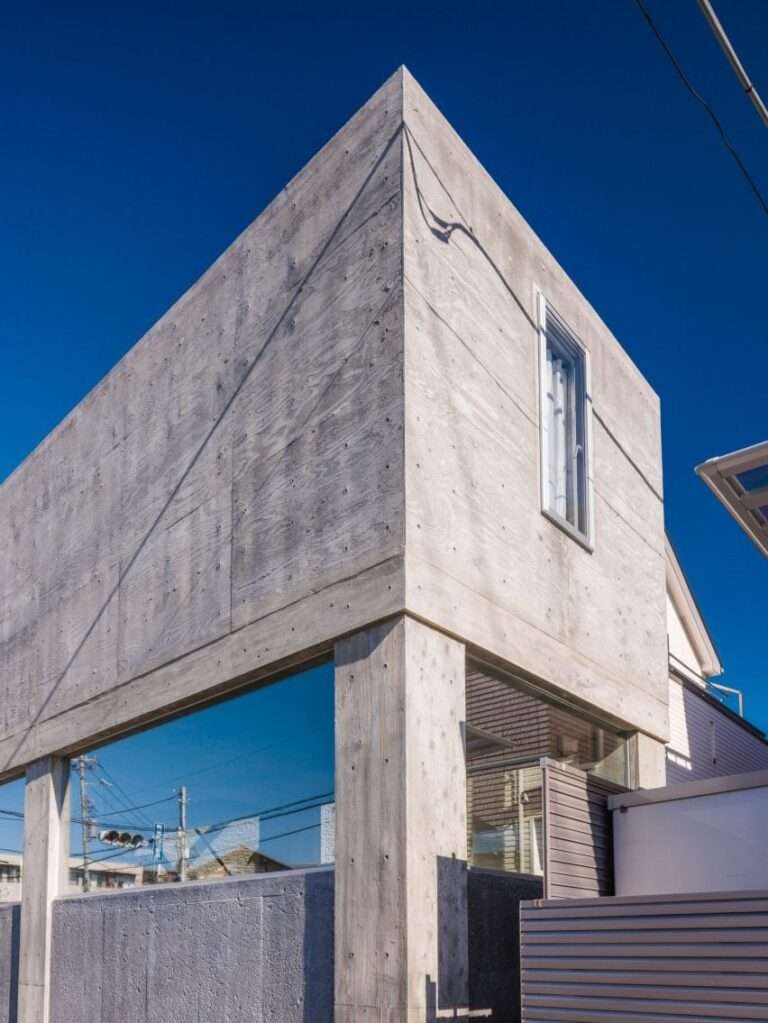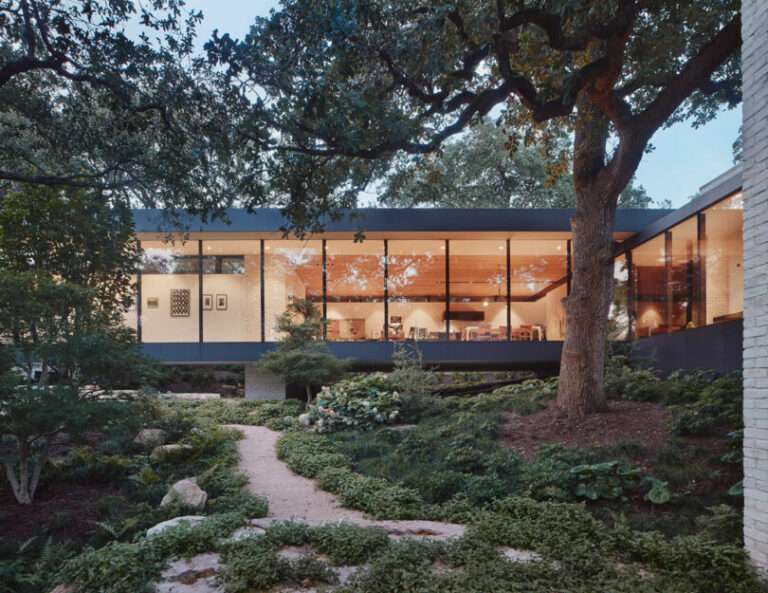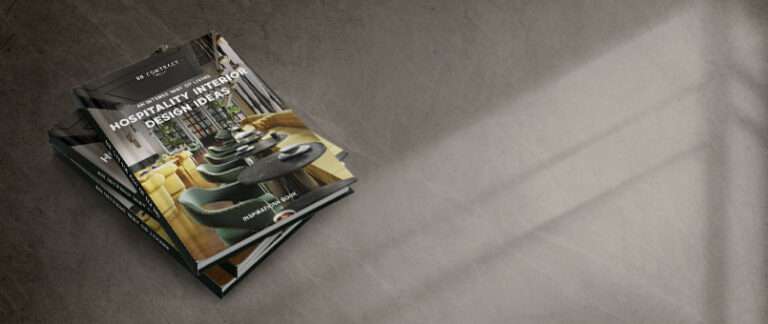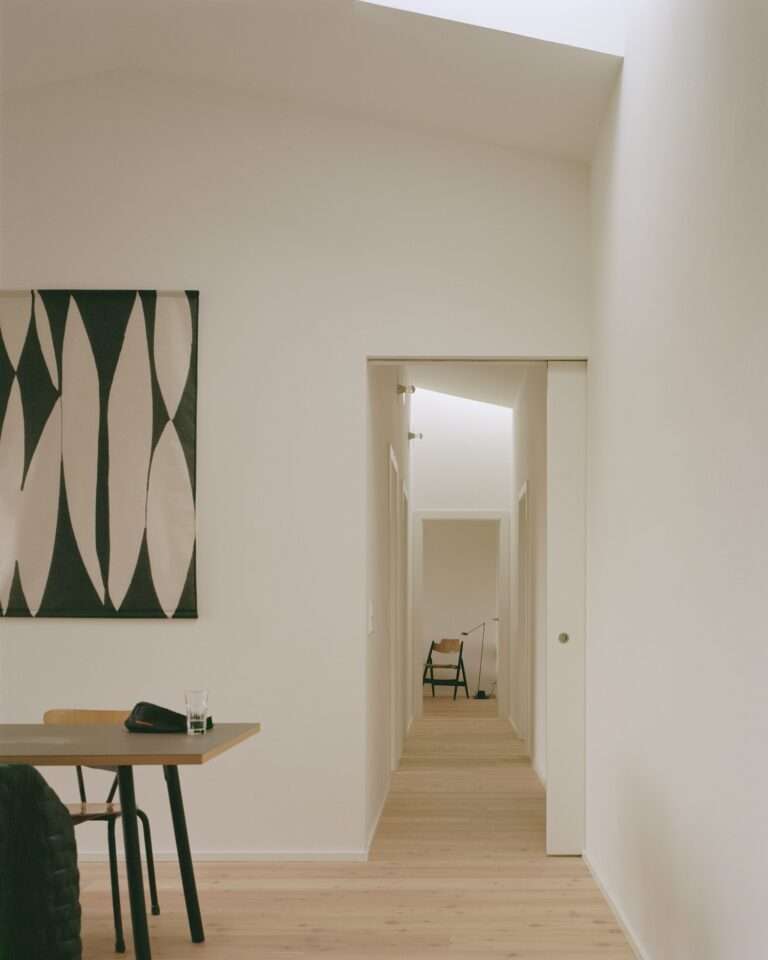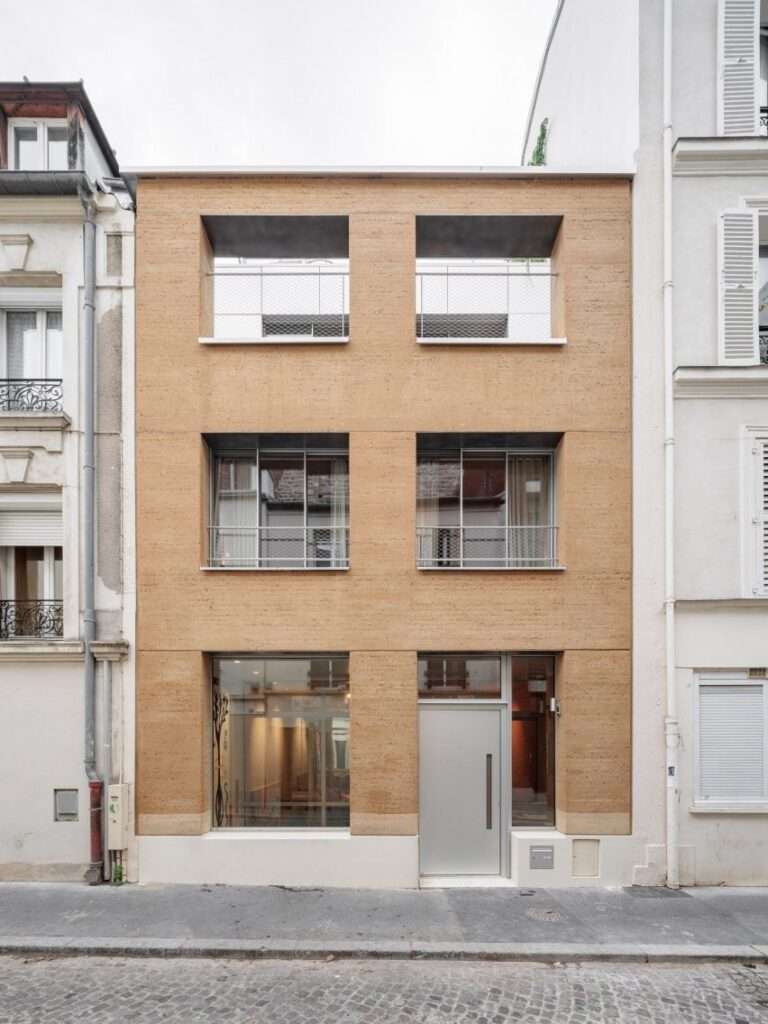Madeleine de Boullogne, (1646-1710), was a baroque artist born and raised in a family of painters. Extremely pious, she remained unmarried and lived a semi-monastic life entirely dedicated to working and teaching. Among the most important commissions, she produced a set of four canvases for the antechamber to the King’s Grand apartment at the Palais des Tuileries in Paris, and another at Versailles for the Queen’s apartment antechamber. Apart from a series of still-lives and paintings of trophies, most of her works has been destroyed after the burning of the Paris’ Palace during the Commune and for the construction of the Galerie des Glaces at Versailles.
Despite getting progressively forgotten, she is still known for her documentation of the Abbey in Port-Royal des Champs, a series of fifteen gouaches on vellum where she depicted the nuns, their daily activities and the religious ceremonies in the abbey and that reflect her strict Augustinist and Jansenist beliefs.
The paintings are executed in a style that seems to anticipate naïve art. Among them, there is a group of architectural plans of the monastery, depicting every building, room, and garden. A second group consists of central perspective depictions of the nuns’ activities. Although the building’s features are here carefully detailed, the nuns appear as groups of identical veiled figures.
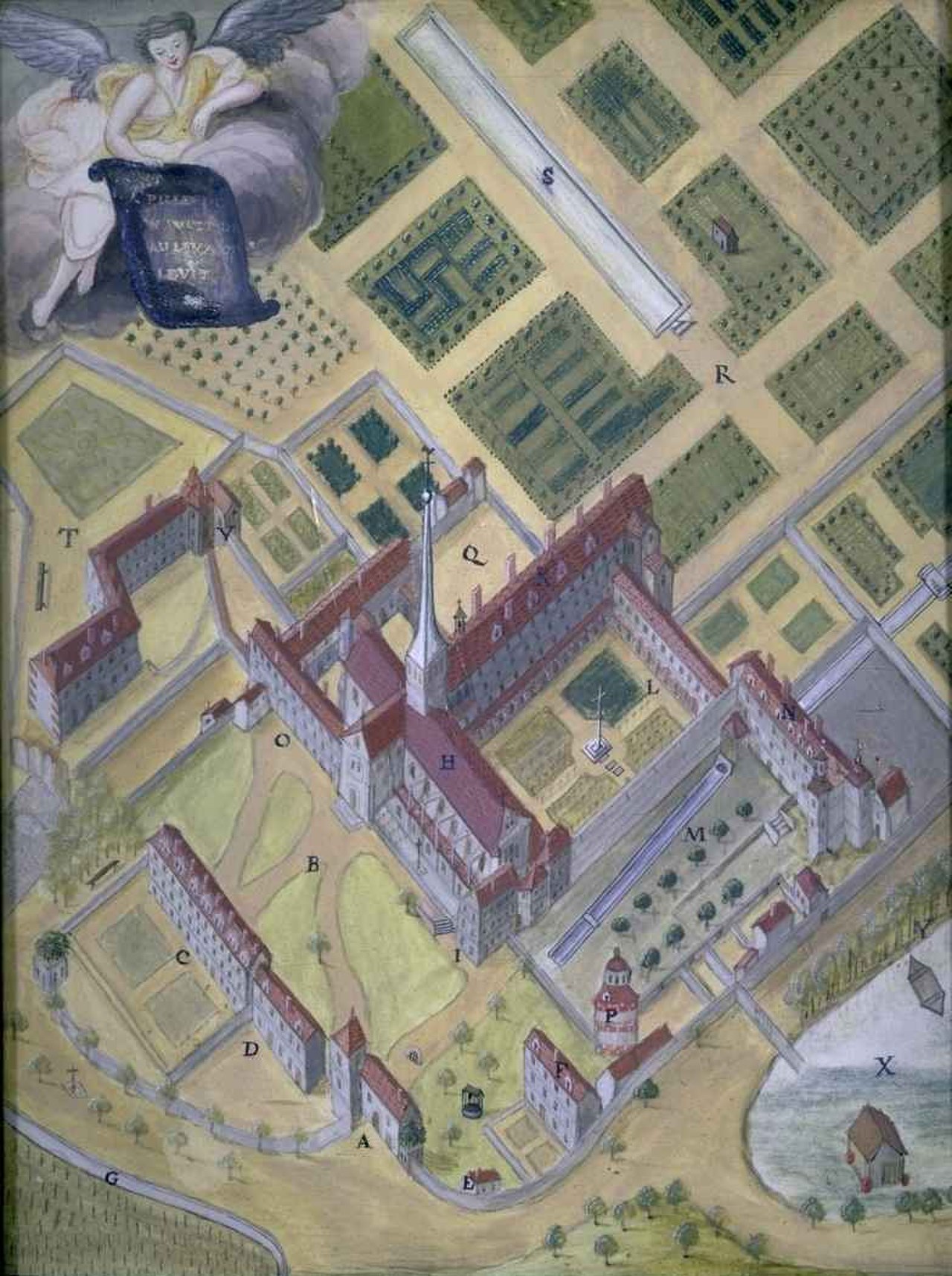
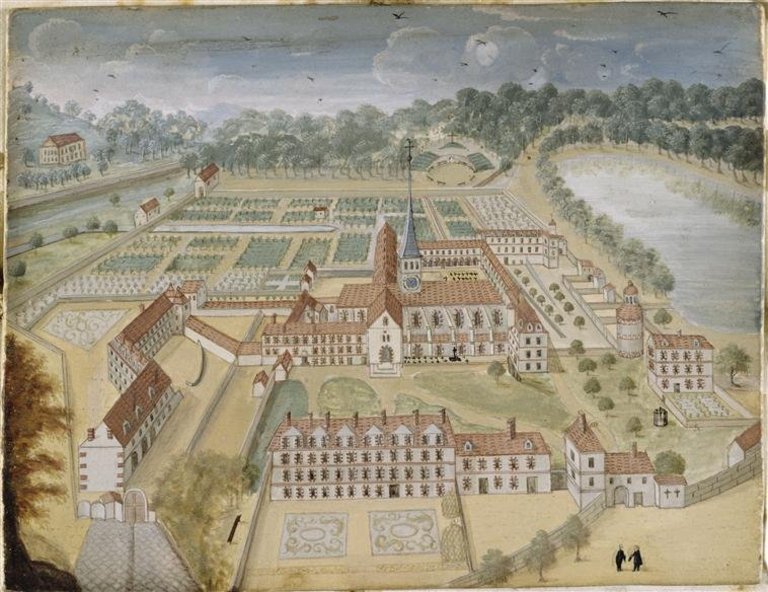
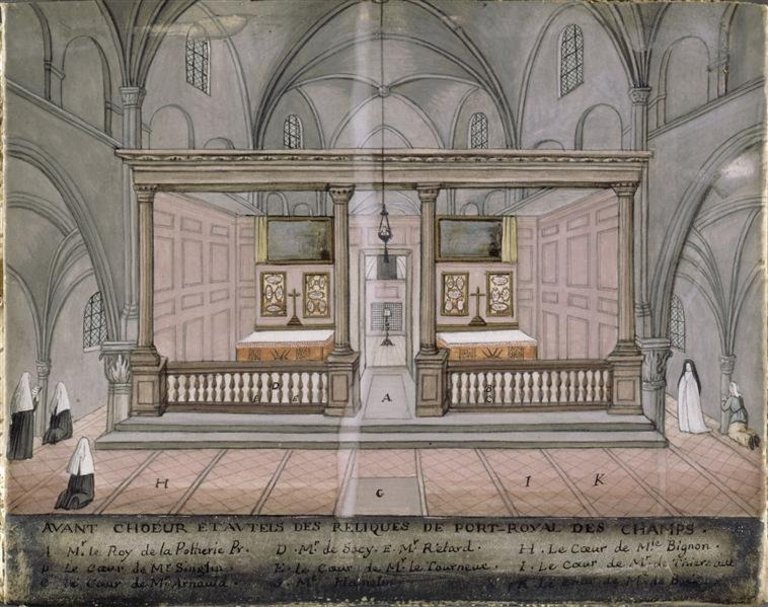
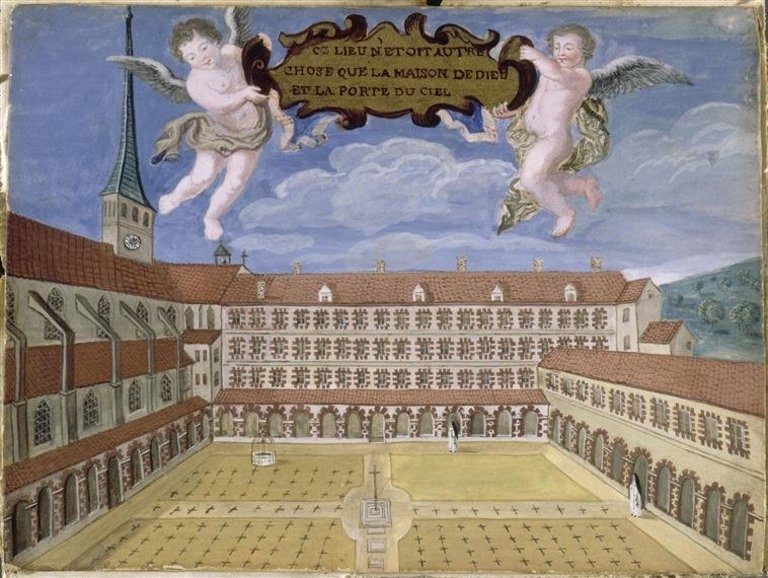
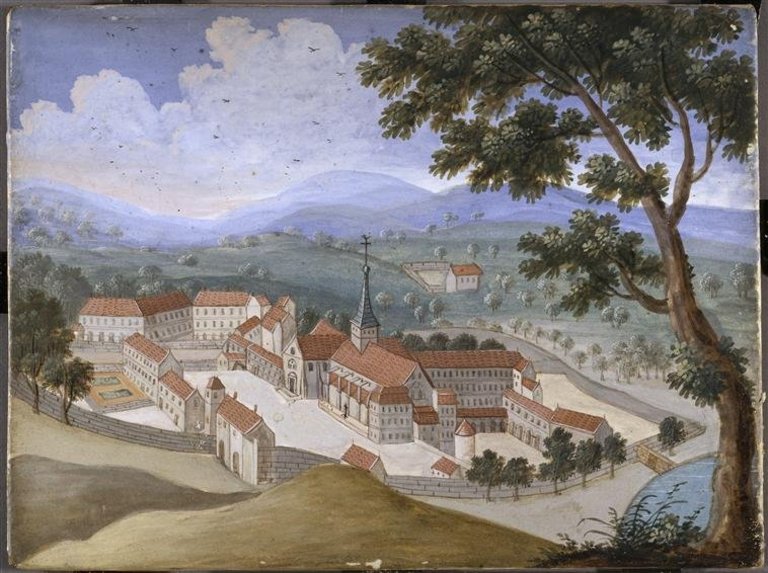
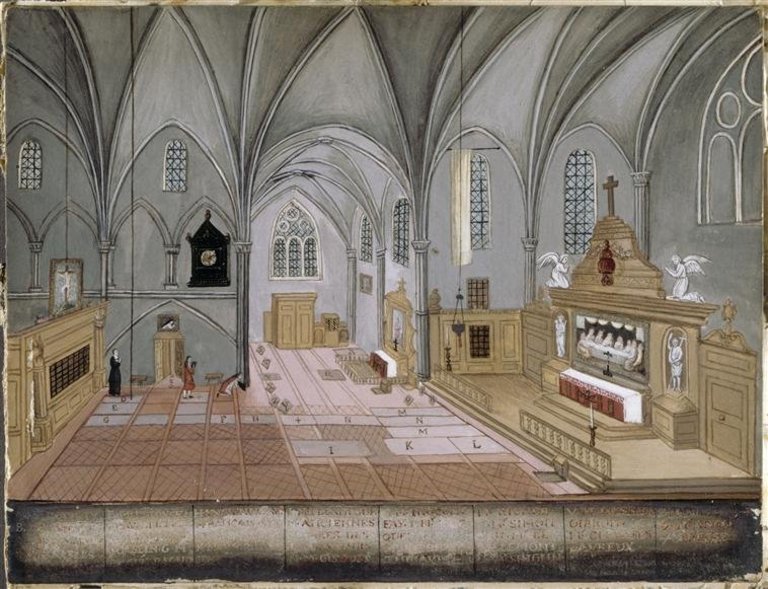

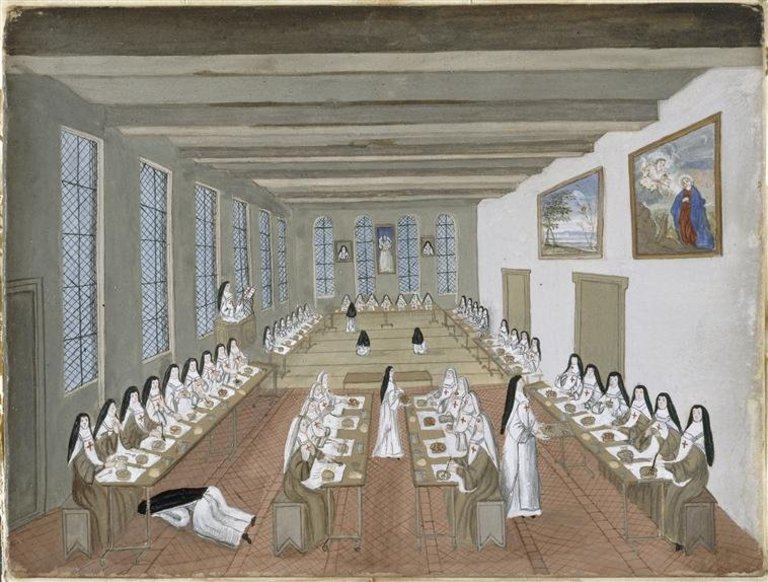
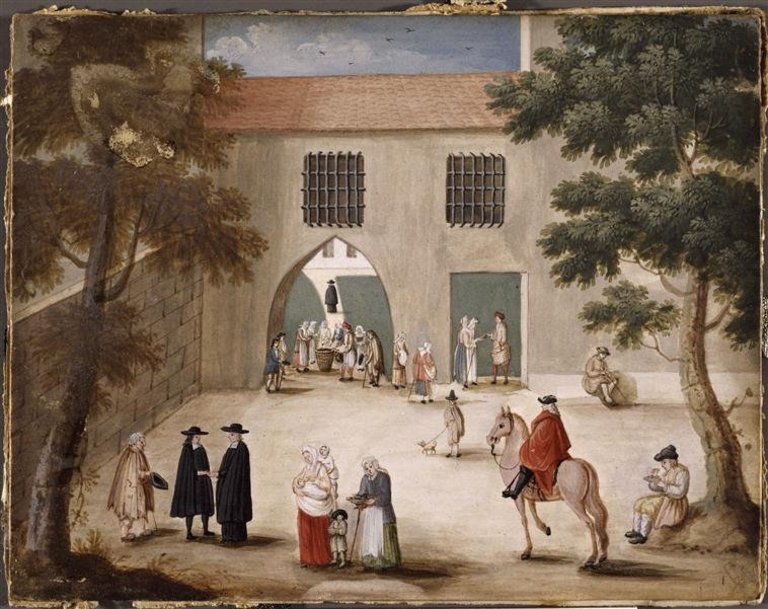
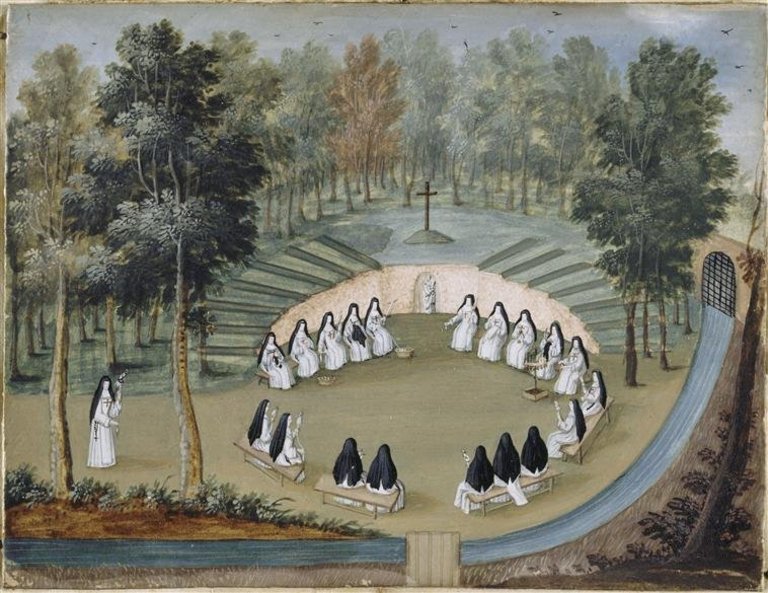
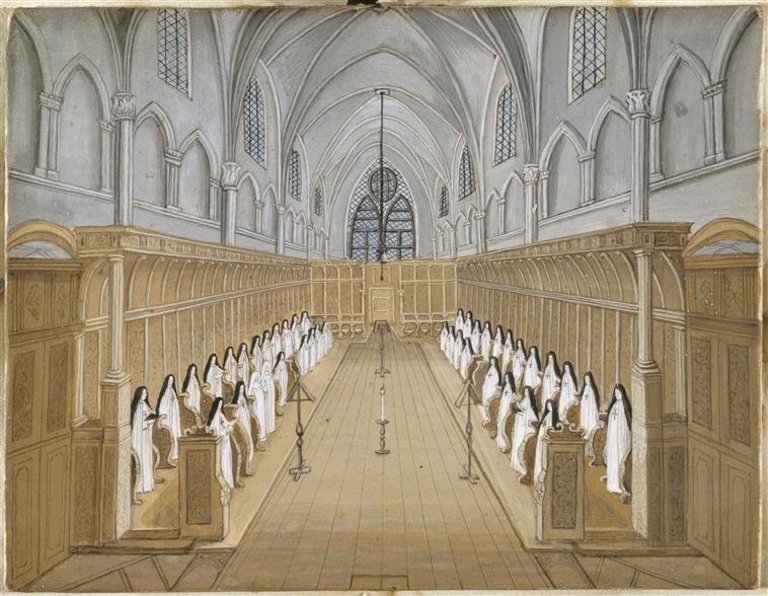
Choeur des religieuses à Port-Royal des Champs


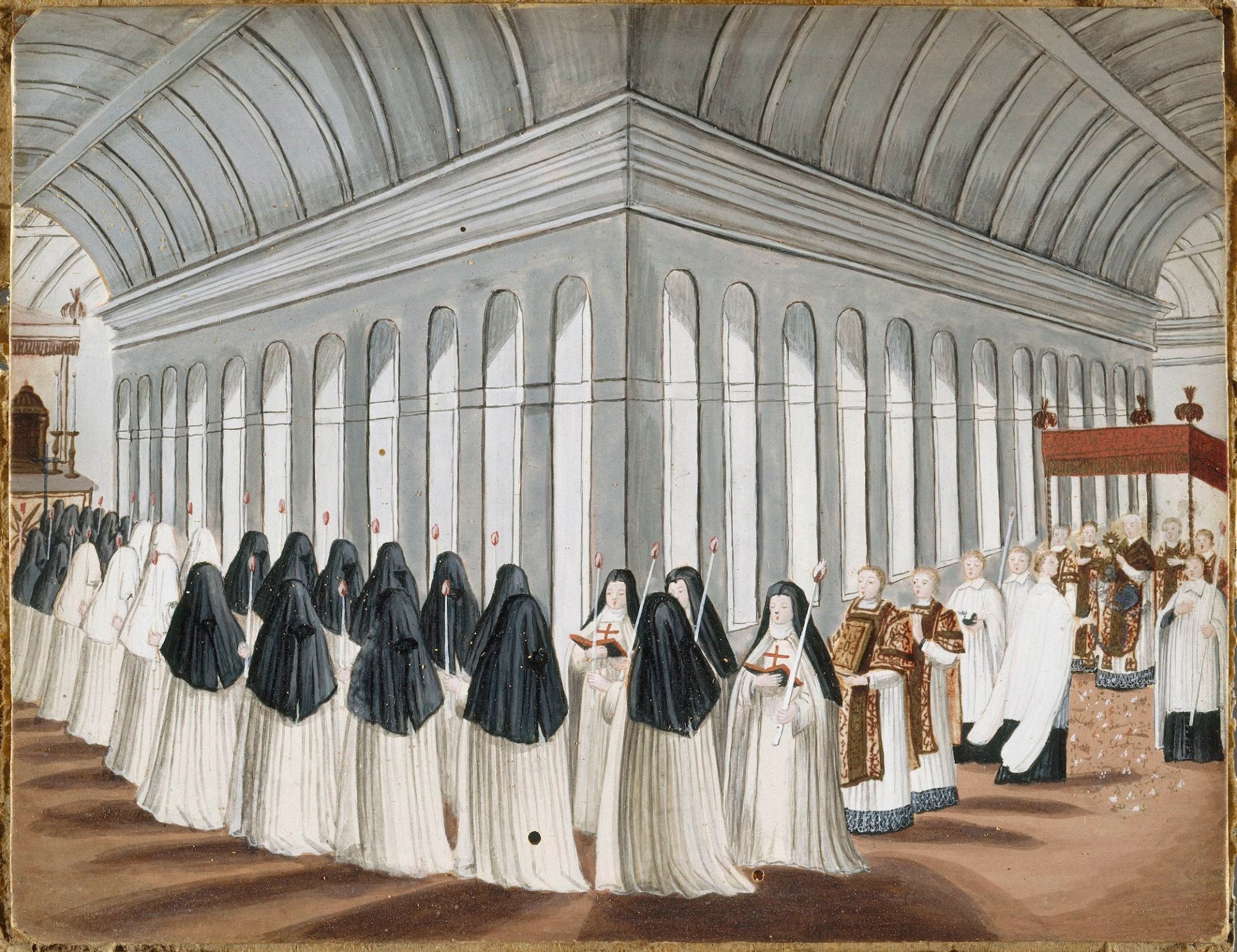
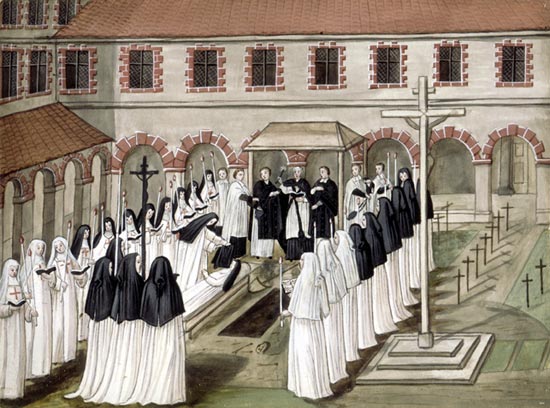
De Boullogne’s work for the Abbey was later used by another artist, the engraver Louise-Magdeleine Hortemels, as a model for the famous series of reproductive plates dedicated to the same subject. Born in a family of engravers, Louise-Magdeleine Hortemels (1686-1767) was among the most respected artists of her time in this field. During her life, she authored more than 60 plates and contributed to many others (often in collaboration with her sisters, signing their work by the name “Marie”).
Most of this work consists of the reproduction of past paintings, drawings, and design, in a way she tended to suppress individual style to enhance other artists genius.
Originally from the Netherlands, the Hortemels converted to Roman Catholicism and had links with the Jansenist abbey of Port-Royal des Champs near Paris. The nuns, their daily activities and the religious ceremonies in the abbey became the subject of 22 plates (15 originals and the other copies) engraved by Magdeleine during the first decade of the XVIII Century.
(The following images are courtesy of Gallica.bnf.fr – Bibliothèque Nationale de France – Source: Plans et vues de l’abbaye de Port-Royal des Champs gravés par Hortemels).
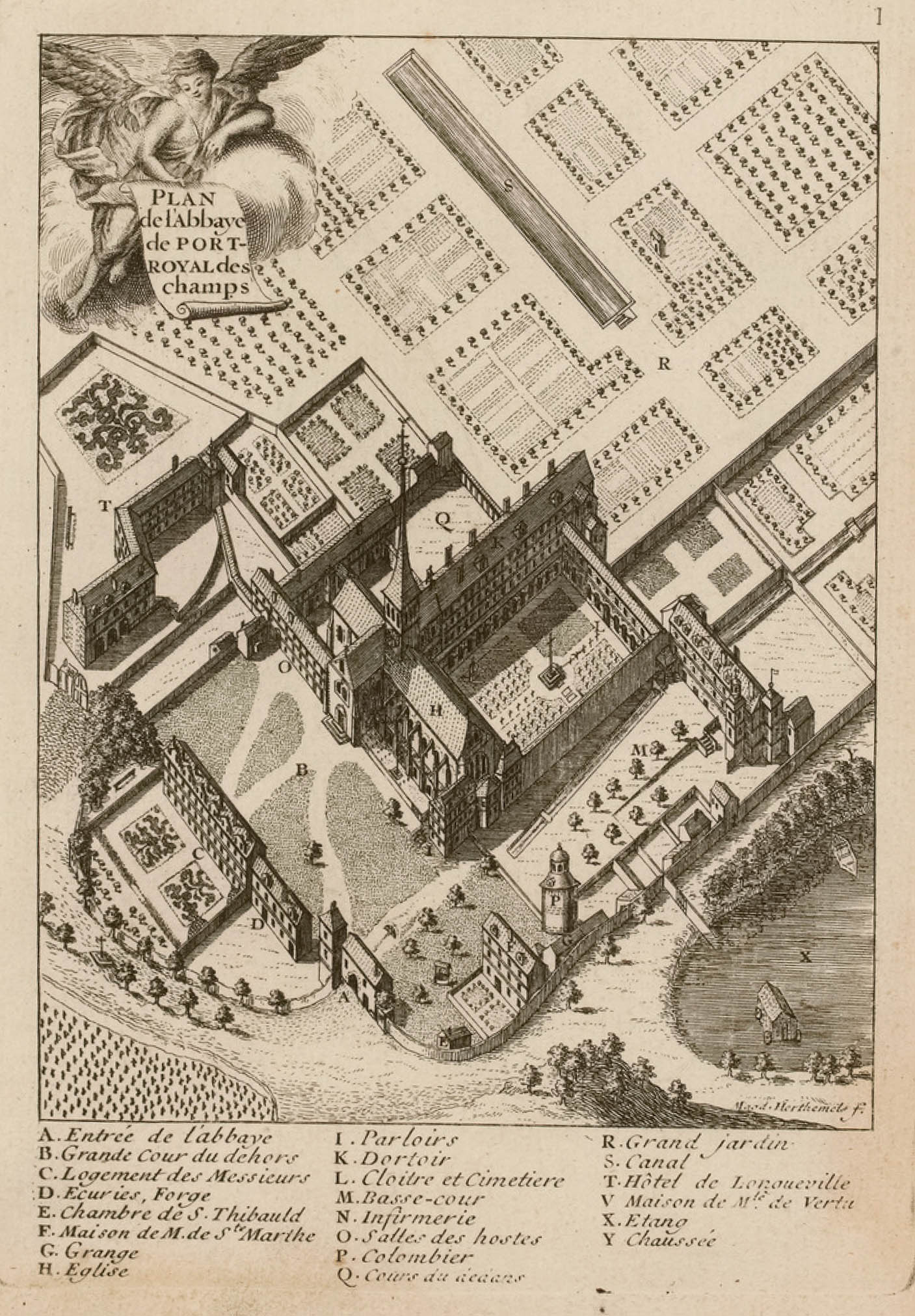
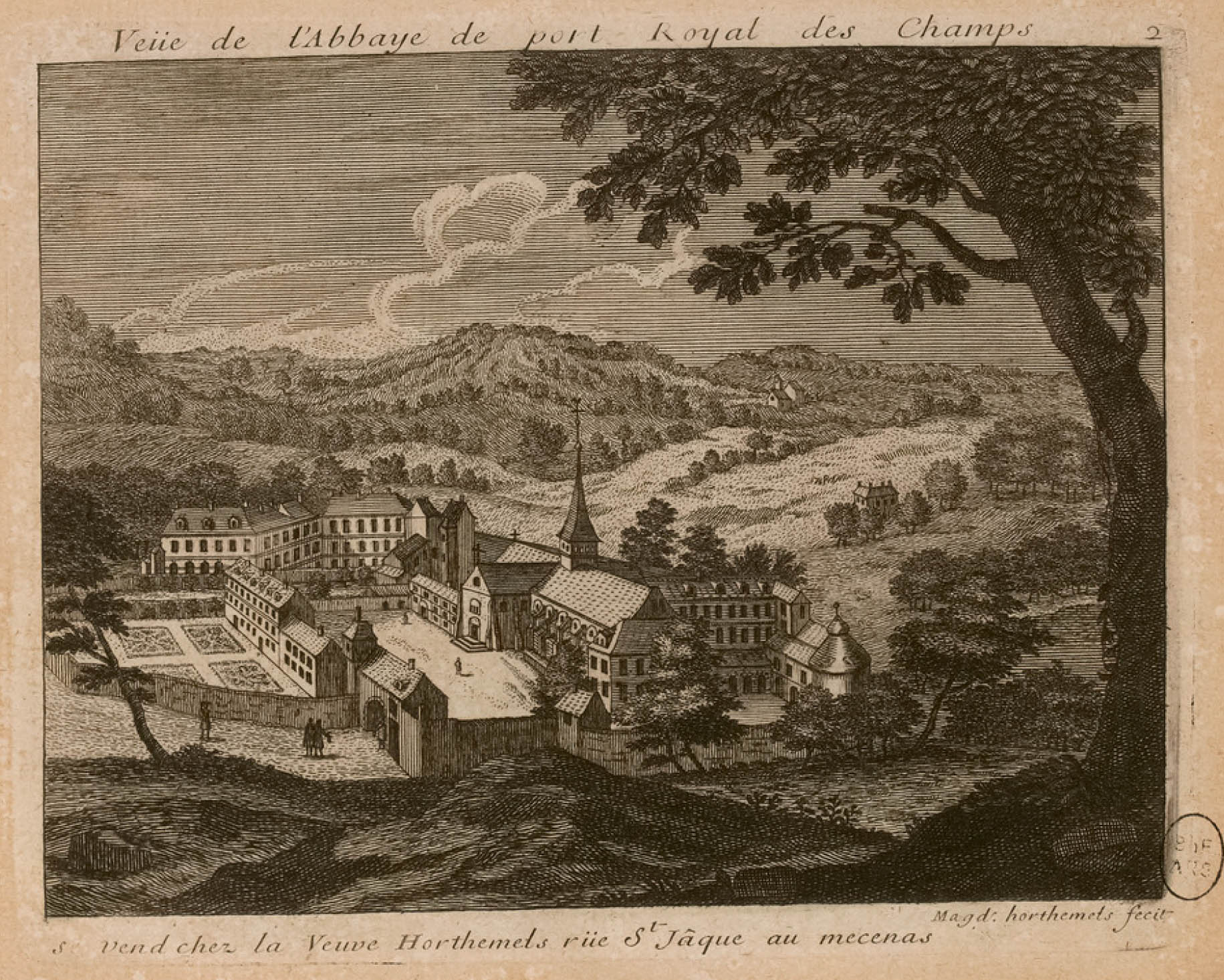
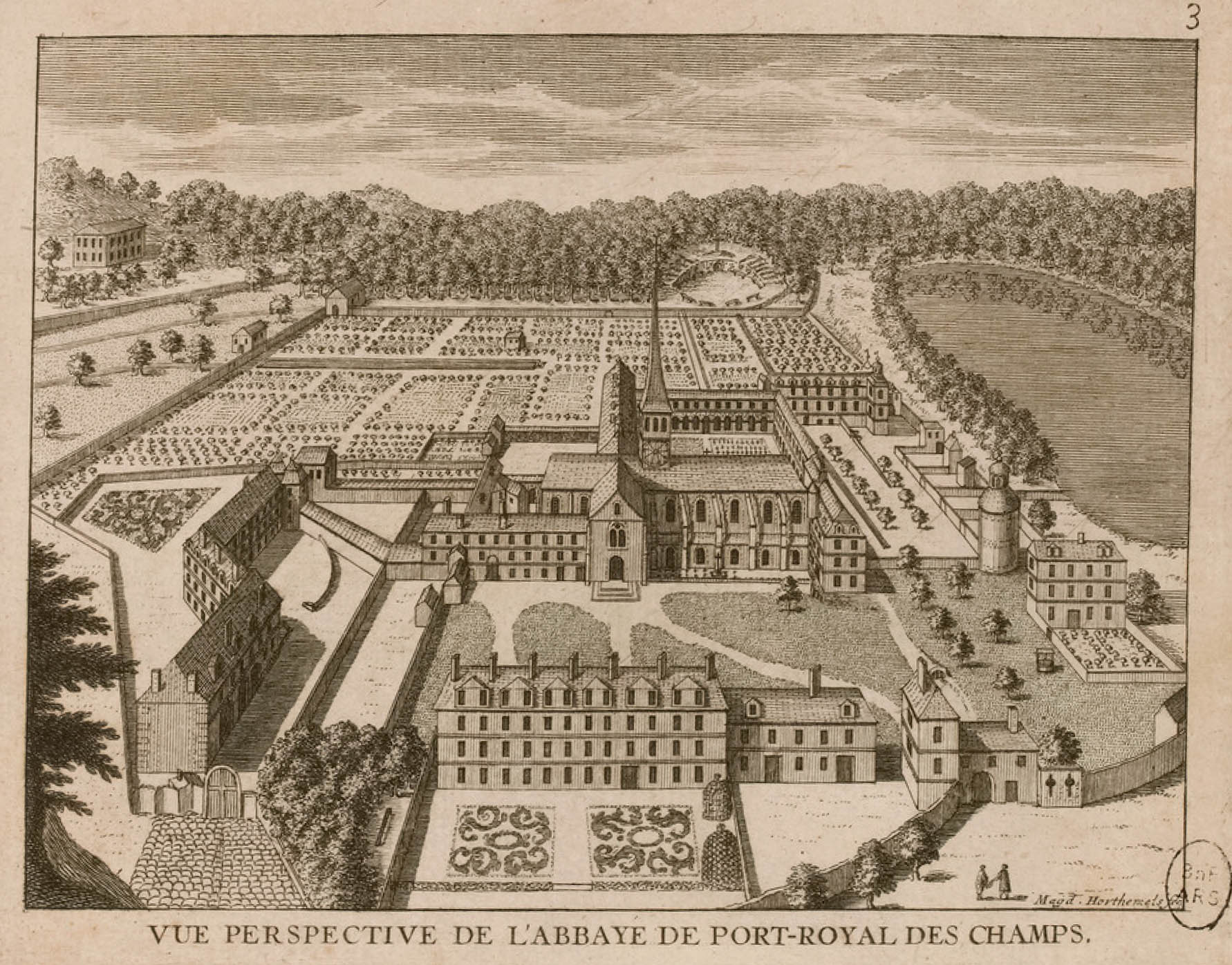
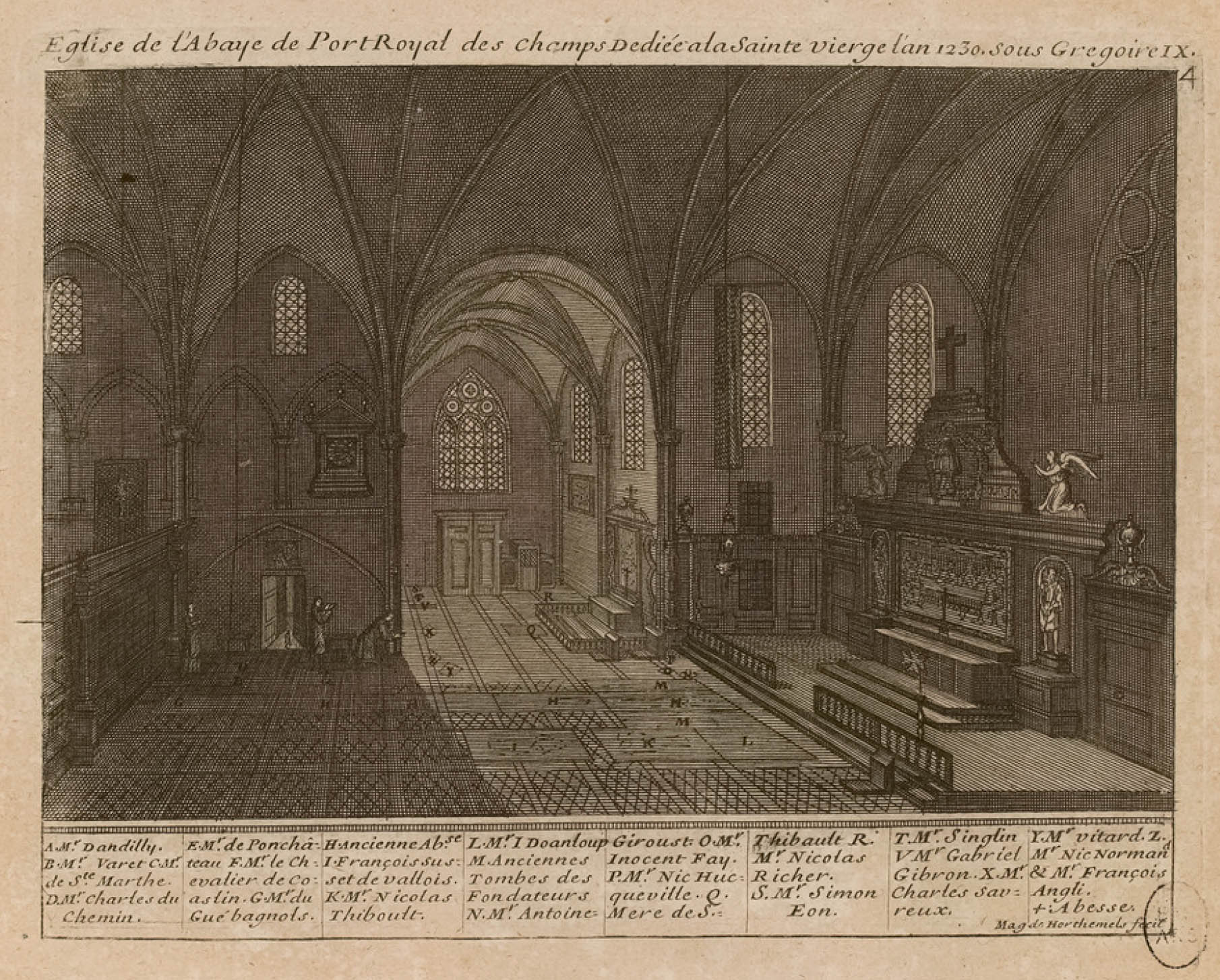

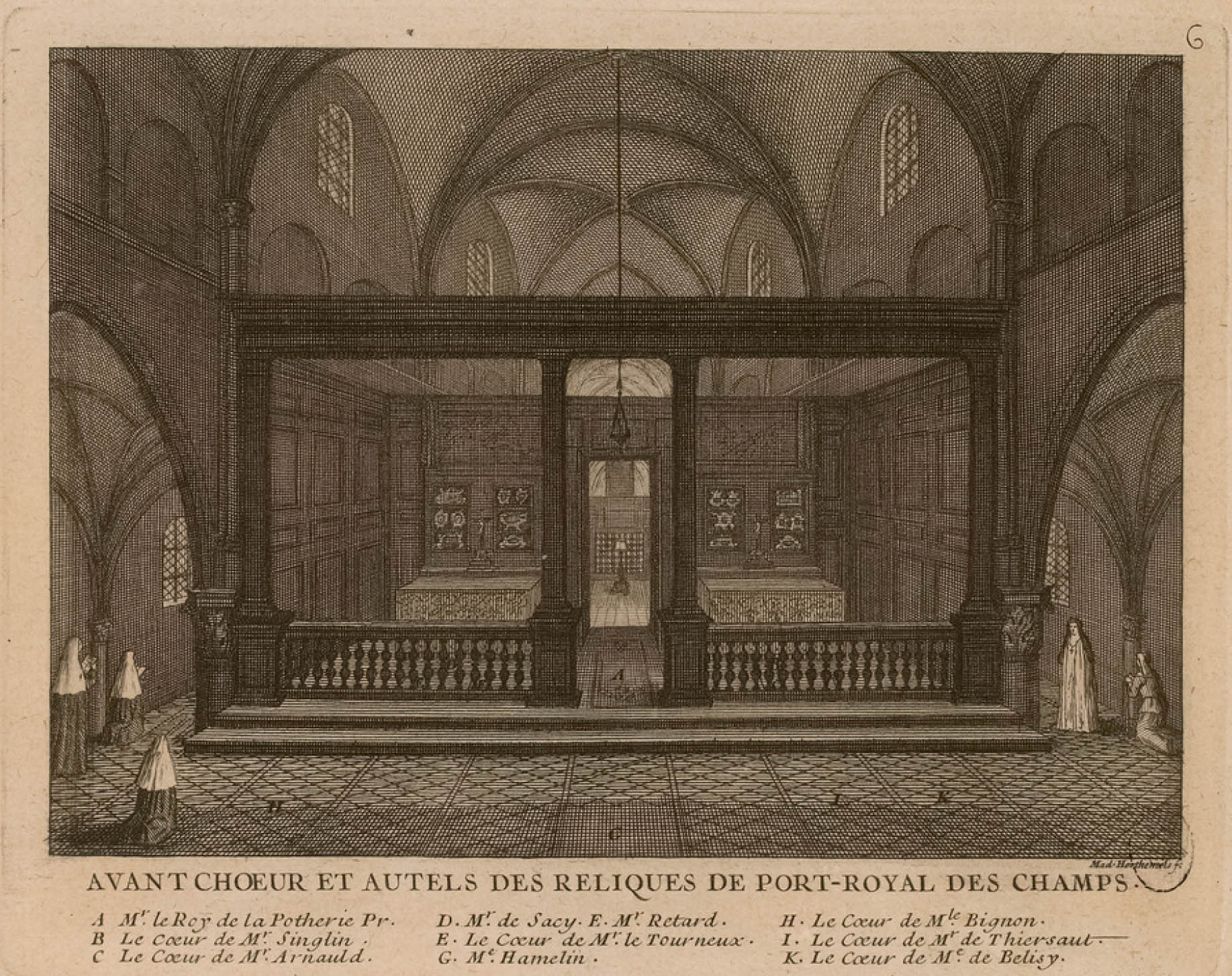

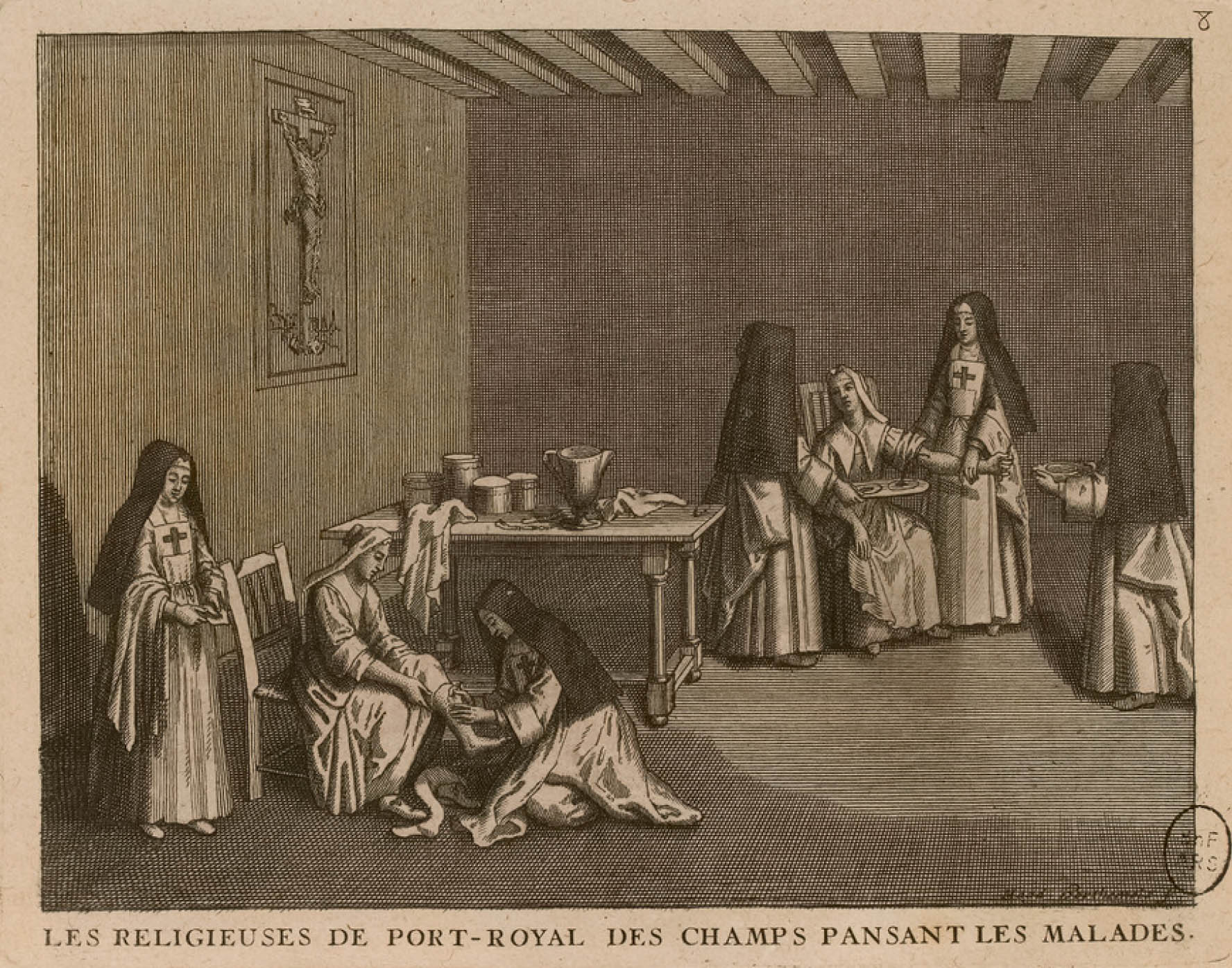

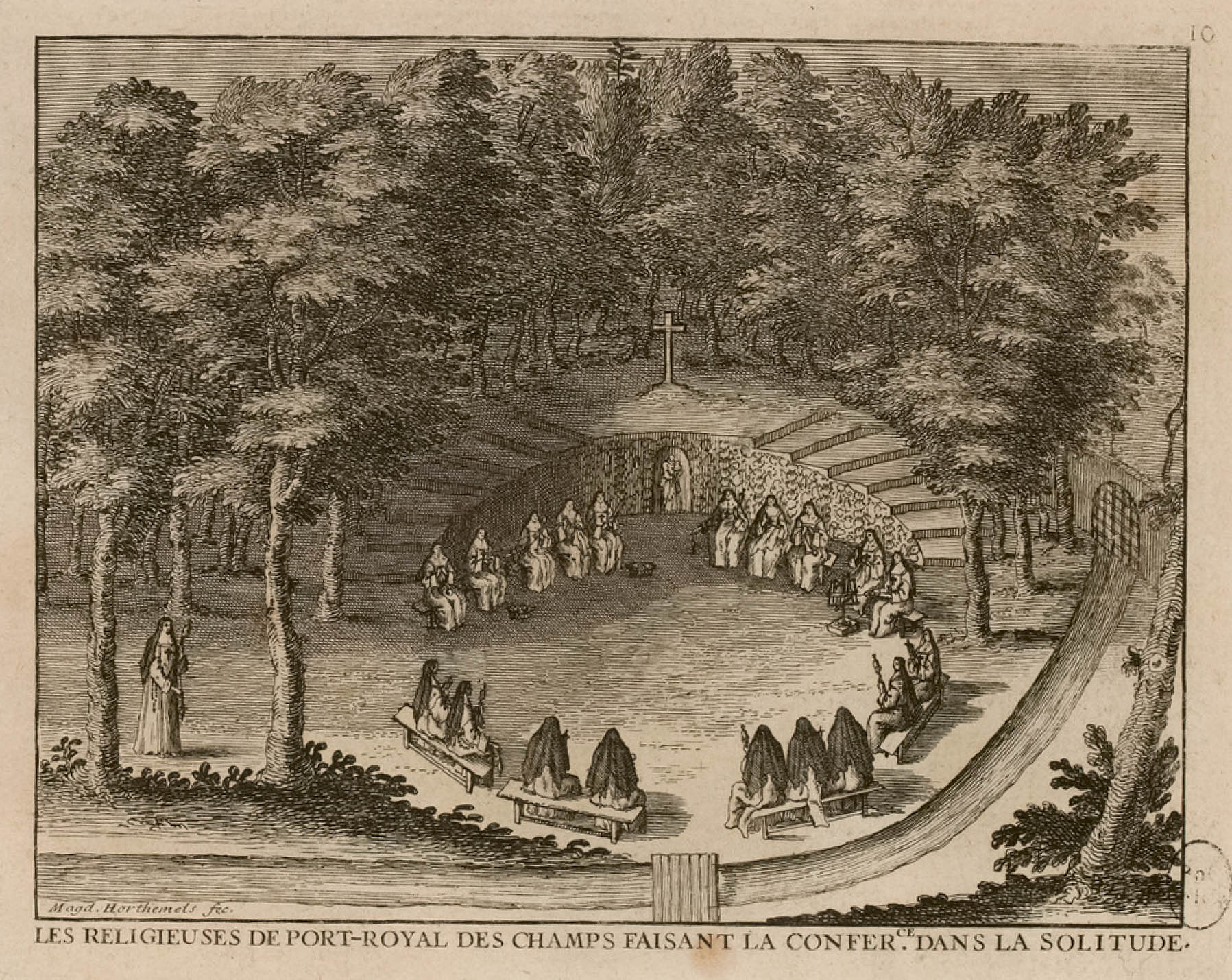
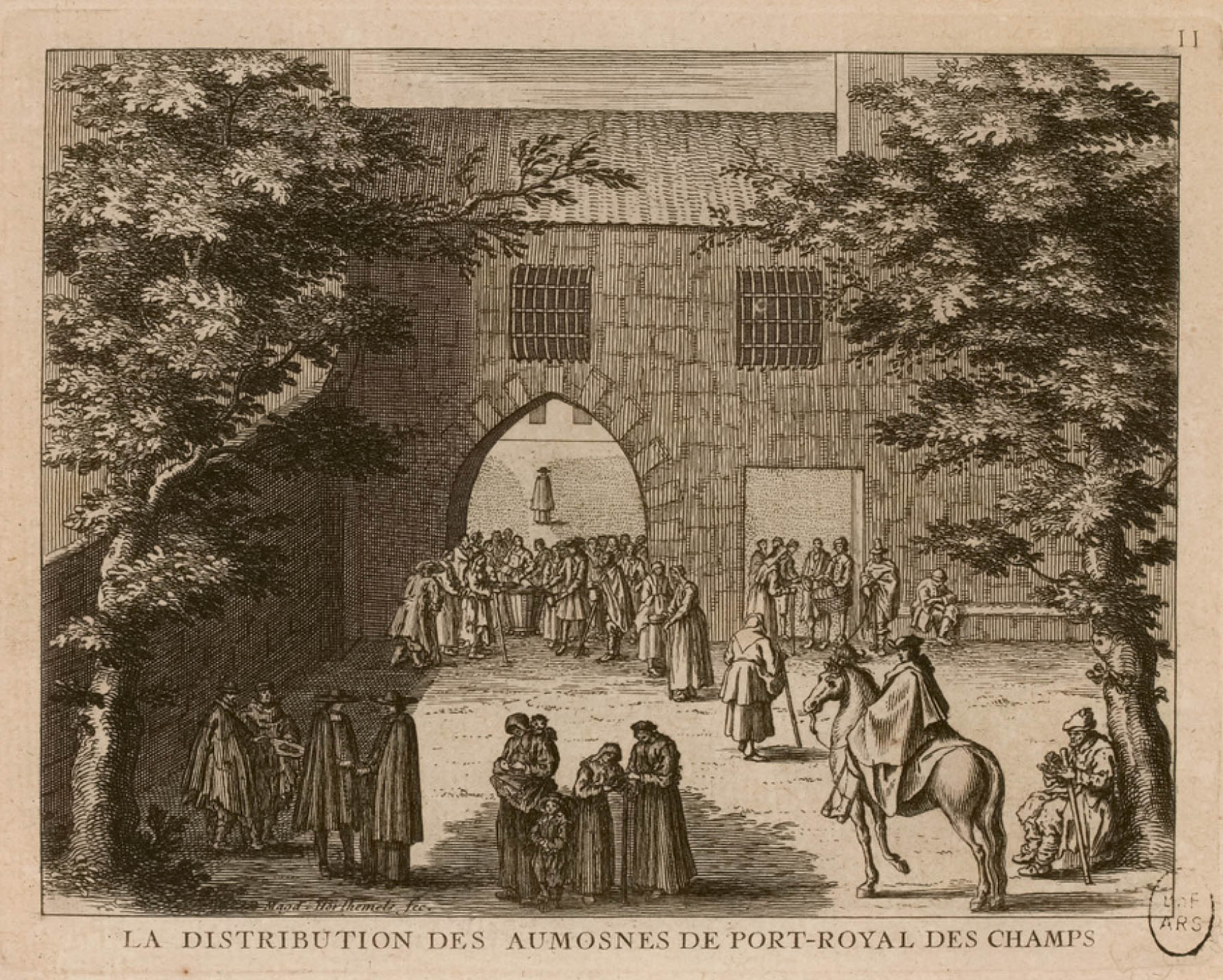
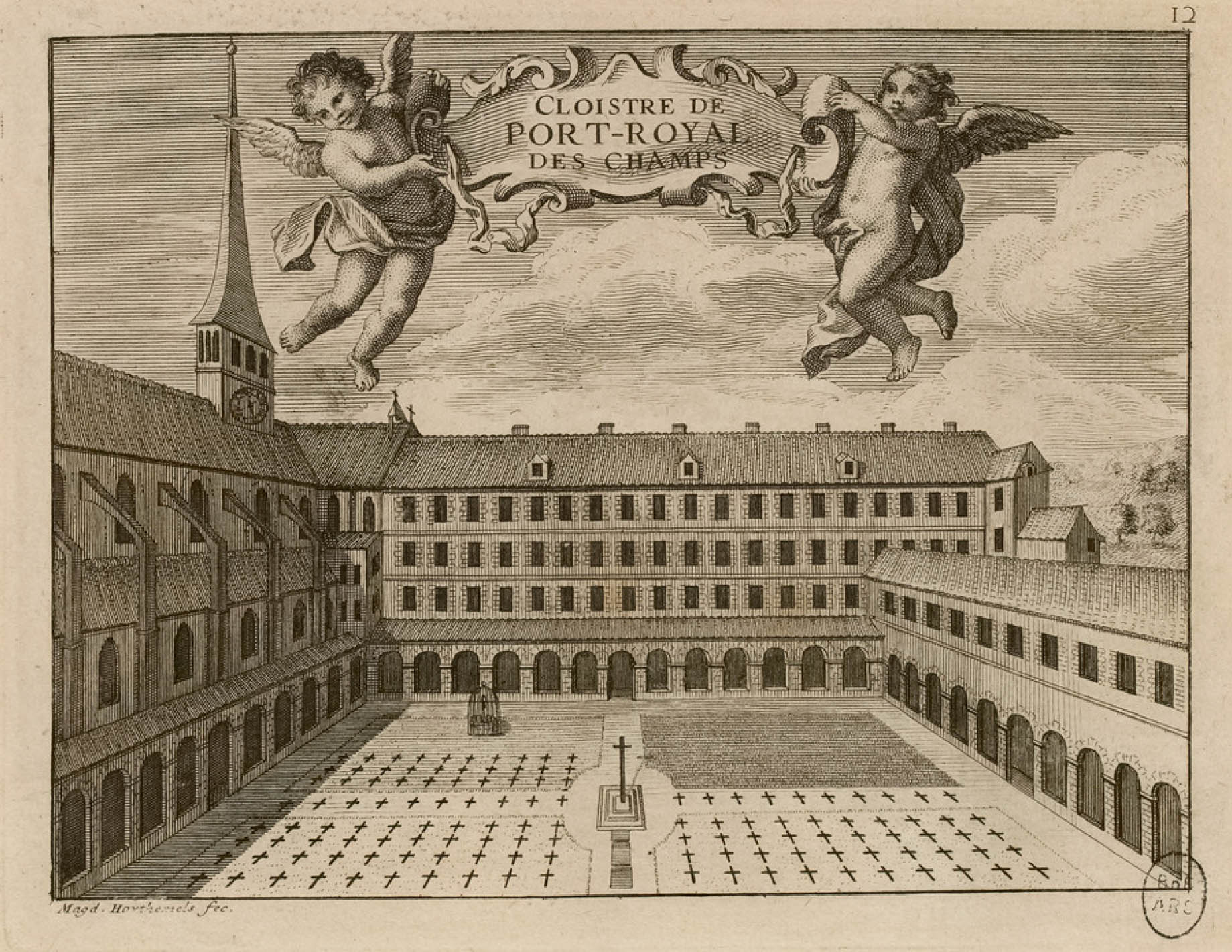

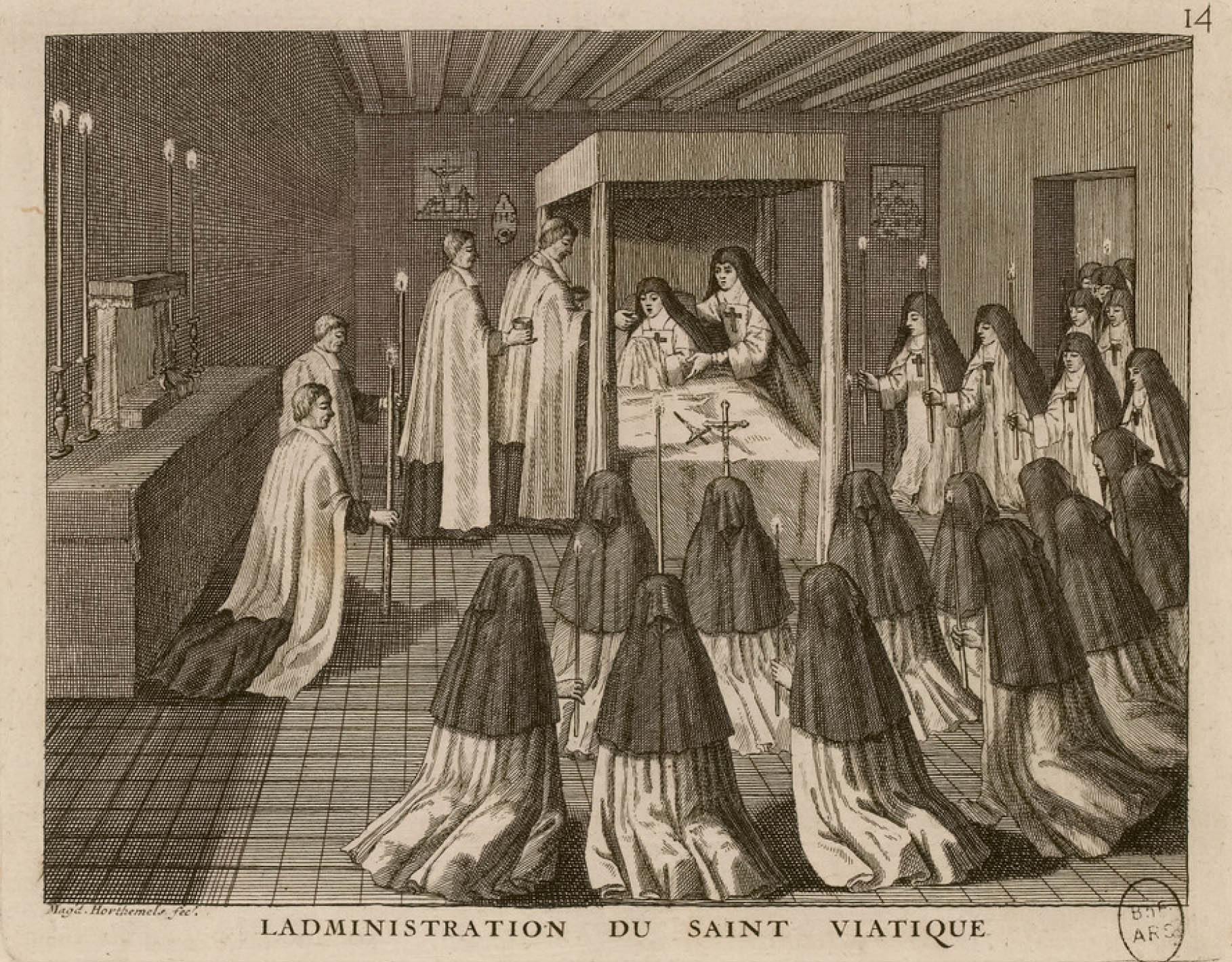

Notes and further reading:
Misattribution of the original paintings seems to be widespread, especially because they were left unsigned: in some cases (even on Wikipedia) the paintings are attributed to M.Hortemels. In others, it is indicated they have been produced “after a print by Hortemels” although the paintings have supposedly been made earlier.
In the most accurate document we have retrieved (and which served as a source for this post), an article titled “Louise-Magdeleine Horthemels: Reproductive Engraver” (Woman’s Art Journal, Autumn, 1985 – Winter, 1986, Vol. 6, No. 2, pp. 20-23), the author, Elizabeth Poulson writes: “It has been suggested that a series of 15 views of Port-Royal in gouache on vellum now in the Musée National du Chateau de Versailles served as models for Horthemels’s prints of the abbey. Although unsigned, the gouaches have been attributed to Madeleine de Boullogne (1646-1710) (…). In fact, members of the Boullogne and Horthemels-Cochin-Tardieu-Belle families were acquainted and are known to have collaborated on several works”.
If you are a Boullogne or Hortemels expert and you are able to confirm the attributions, you are welcome to write in the comment section or send us an email.
For more information on the Abbey of Port Royal and Jansenism: Port-Royal et le Jansénisme (Editions Albert Morancé, Paris, 1925), a book that was published on the occasion of an exhibition held at the Sainte Geneviève Library in Paris, from May 16 to June 16, 1925.
On Madeleine de Boullogne’s life.
